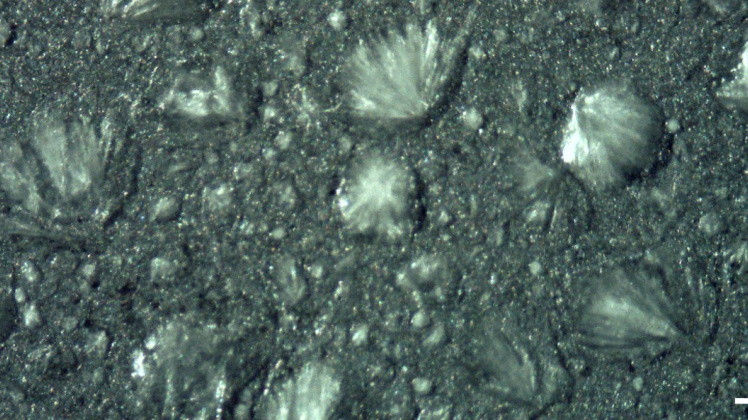About
Completed
| Graffiti resulting from acts of vandalism is a constant threat to heritage, jeopardizing the preservation of this historical-cultural-artistic legacy for future generations. Globally large amounts of money are invested in their removal without being able to achieve, in most cases, complete removal. The European Commission has invested in policies and funding of new cleaning procedures and anti-graffiti coatings, however, in many cases, graffiti is applied to surfaces without anti-graffiti and is only cleaned after long exposure to agents and air pollutants. Nevertheless, no studies were found on graffiti aging and its influence on cleaning efficiency. This project was intended to address this issue and provide relevant elements for future interventions in cultural heritage, which are increasingly more conscious, less costly and contribute to the sustainability of this cultural heritage. The application of graffiti paints in granite support was considered as being one of the main, and less studied, substrates of European Built Heritage. Four graffiti aerosol paints (with different compositions) were applied on a granite from the Iberian Peninsula and subjected to artificial rich SO2 environment. The samples (paint on stone) were subsequently subjected to several chemical, mechanical and laser cleaning procedures. Microscopy techniques, chemical and physical methods were used to characterize the aged and non - aged paints and then to evaluate the cleaning performances. Based on the analysis performed it was possible to verify that graffiti paints exposed to environments rich in SO2 and high relative humidity, presented variable resistance. In fact, alkyd paints presented higher resistance to environments rich in SO2 than polyethylene ones. The results showed that the degree of chemical and laser cleaning is dependent on the binder composition of the inks (alkyd or polyethylene resins), as well as the pigment composition, namely the presence of Al in the silver paint. After aging the inks became more difficult to clean, with the stone surfaces having larger overall color changes, greater percentage of residues and surfaces becoming more water repellent. The best cleaning performances were obtained with the chemical method based on potassium hydroxide and with the with silica-based abrasive mechanical method. The application of the Nd: YVO4 laser left colorful veils of blue, black and a more noticeable silver paint on stone. In general terms, SO2 clearly influences the cleaning performance of all tested methods. Aged surfaces were more difficult to clean (requiring more passes and longer), exhibited greater overall color changes and greater percentage of paint residues. It was also observed that the surfaces with paint after aging became more repellent to the water and that the surfaces cleaned after the previous exposure to the SO2 presented static contact angles closer to those registered in the aged granite (in SO2 camera and without paint) than to granite, which in some way showed the influence of SO2 on the paints used in graffiti and stone substrate. |
Keywords
Environment
Start Date
CERENA Role
Coordinator
Coordinator/Local PI
Integrated Member
Associate Professor
CERENA Team
Proponent Institution
CERENA, Portugal
Partners
Universidad de Vigo, Spain
Funding Programme
Fundação Calouste Gulbenkian Pº202710
Total Funding
4 000,00 €
CERENA Funding
4 000,00 €

